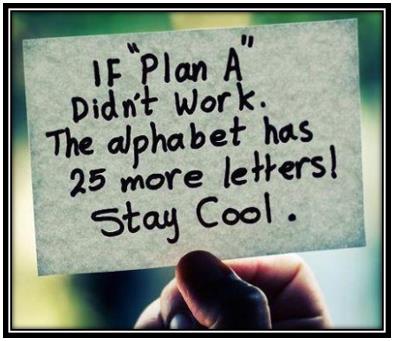Key Takeaways
- It’s important to have a plan, even though your plan will change as it progresses.
- Putting a plan together, even if it’s not 100%, let’s you move forward, see the flaws, and make it better.
- Your plan can change several times, or you may even move on to other plans, but ultimately, progress is being made versus still thinking about it and going nowhere.
Nobody likes planning. Well, some of you do, but I won’t hold that against you! For the non-planners out there, a lot of times you say, “What do I really need a plan for? I’ll just go out and do something.” There’s this guy I met many years ago, and he would always say, “Got to have a plan, got to have a plan, got to have a plan.” I said, “Bob, why do we have to have a plan?” He said, “Because you can change it!” And yes, it sounds funny, but he’s right.

Once you put a plan down, you solidify certain things that are going to happen. There’s a deadline, or multiple deadlines, or there’s a way you want to go about doing something. There’s a title to it. There’s a sequence of events that are going to occur. And we never get it right that first time through.
My rule of thumb is to get your plan about 80% right. But once you’ve got it down, you can see the flaws, and you can change it, make it better. You can have a Plan B, Plan C, and a Plan D. Really, we just have to get something out there so that we can make some progress. We stop procrastinating, it gets done, and we execute the plan. After a week or two or three, you are getting the thing done that you wanted to do versus still thinking about it and getting nowhere with it.

Planning is about the process of going through something and making it come out to where you get to it through a series of routes that naturally happen as you put the plan down and change it. It’s a great thing to put a plan down so you can change it and get it moving.
Until next time, enjoy!
Gary

